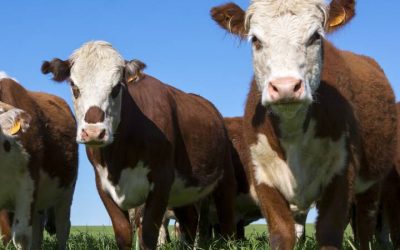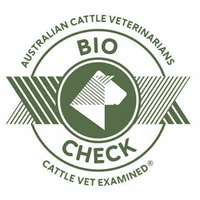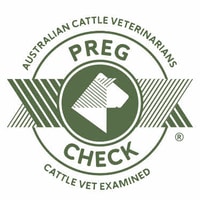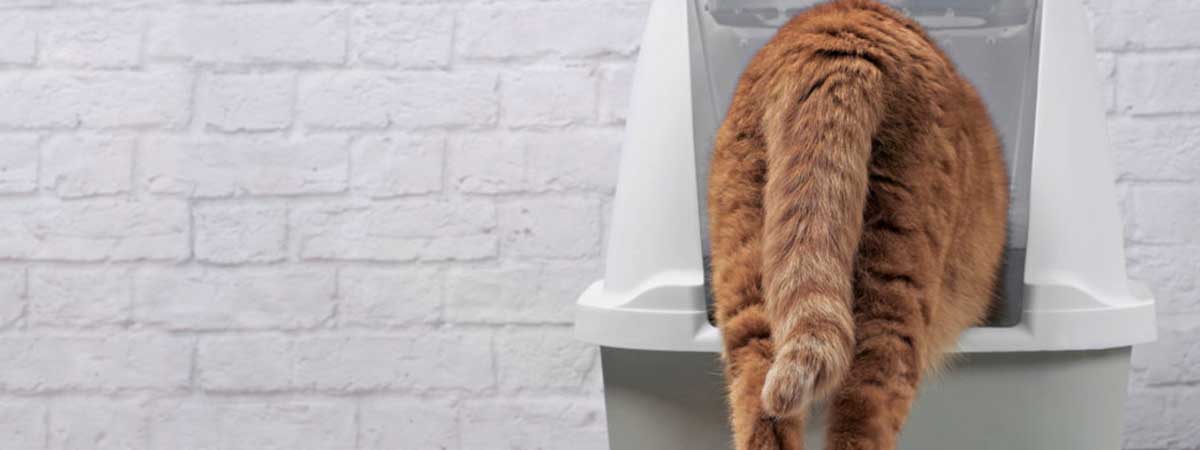
Urinary blockages in cats are often referred to as ‘blocked bladders’ and ‘urethral obstructions’.
This is a common, potentially life-threatening condition, especially amongst neutered male adult cats and overweight cats.
A urinary blockage can completely prevent your cat from urinating, causing damage to the urinary tract, a back-up of urine in the bladder which can lead to a build-up of toxins in the bloodstream and cause kidney failure. In severe cases, the cat’s bladder can eventually rupture.
A cat with a urethral obstruction can become critically ill very quickly.
How does it happen?
There are several different causes for a urethral obstruction:
- The formation of urethral plugs (a build-up of sludge-like material caused by excess protein and minerals)
- Urinary stones or crystals
- Narrowing of the urinary tract (from scar tissue or a tumour)
- Lower urinary tract disease (leading to swelling or involuntary spasms)
What are the symptoms?
It is vital to act quickly if you suspect your cat is suffering from a urinary blockage. Some key symptoms to watch out for include:
- Frequent trips to the litter box
- More frequent grooming of the rear-end
- Difficulty urinating (very little urine being excreted)
- Vocalisation during attempted urination (pain)
- Swollen/firm abdomen that is painful to touch
- Lethargy
- Vomiting
- Disorientation
- Inability to stand
How is a blocked bladder treated?
Depending on the severity of the urinary blockage, your vet may treat your cat with intravenous fluids, medication to prevent urethral spasms, and pain management medication. Your cat may need to stay in hospital to be treated. If the blockage is severe, it will need to be physically relieved through catheterisation under general anaesthesia. The bladder will then be flushed to remove excess urine and any crystalline material.
Your vet may also run a number of tests to determine the cause of the urinary blockage, using ultrasound, x-rays, and specific blood tests.
If your cat displays any of the above symptoms, make sure to call us straight away on 07 4693 2233 as this condition is very serious and patients can quickly deteriorate.
RELATED ARTICLES
Christmas & New Year’s Hazards
The silly season is an exciting time of year, with Christmas and New Year’s Eve celebrations giving us plenty of reasons to let loose and celebrate. With an increase of visitors, noises, tasty treats, shiny new toys, and interesting smells, this time of year can be...
Barbecue & Picnic Hazards
With the sun shining and beautiful warm weather upon us – who can resist a picnic or barbecue with friends!? It is a wonderful opportunity to spend time outdoors and the perfect chance for your pet to come along for some quality time together. If you are taking your...
Pinkeye
Pinkeye, also known as blight and infectious bovine keratoconjunctivitis. Pinkeye is caused by a number of organisms, and creates weeping of the eye initially, followed by a pink raised lesion in the middle of the eye, before a white accumulation in the eye asppears....
Fireweed
There are a few types of fireweed found in Australia, with majority of species being poisonous. This plant is a short shrubby plant with yellow daisy like flower. Cattle become affected if they are short of feed, or not used to having the plant in their environment....
RELATED
ARTICLES
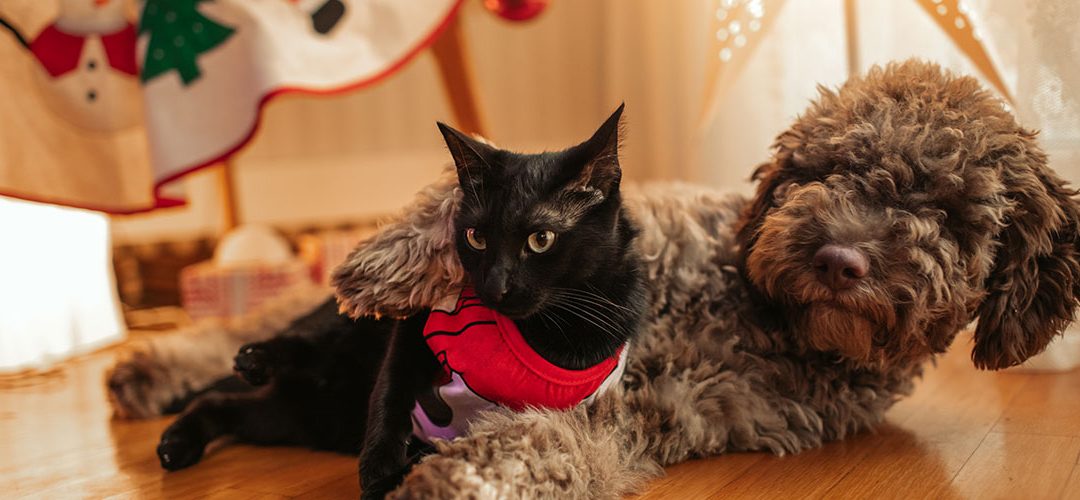
Christmas & New Year’s Hazards
The silly season is an exciting time of year, with Christmas and New Year’s Eve celebrations giving us plenty of reasons to let loose and celebrate. With an increase of visitors, noises, tasty treats, shiny new toys, and interesting smells, this time of year can be...
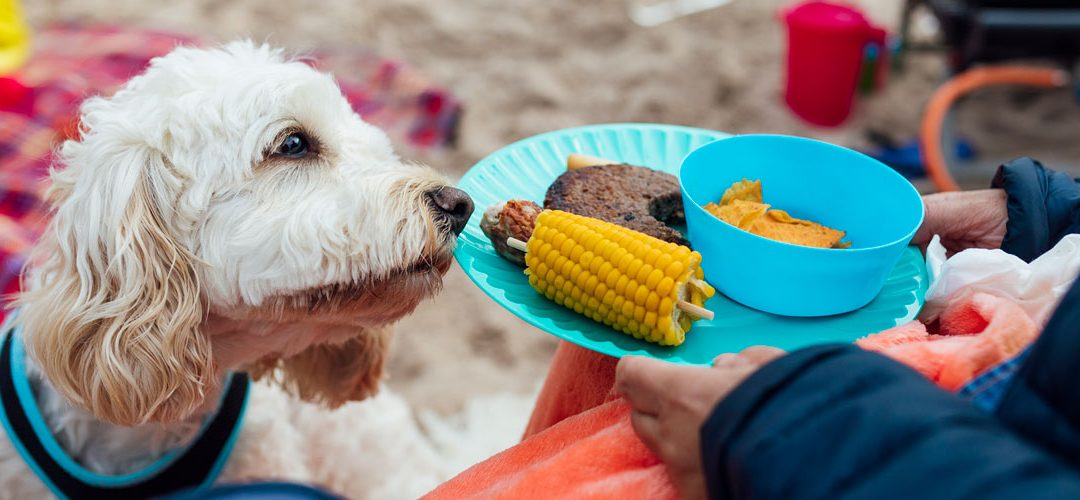
Barbecue & Picnic Hazards
With the sun shining and beautiful warm weather upon us – who can resist a picnic or barbecue with friends!? It is a wonderful opportunity to spend time outdoors and the perfect chance for your pet to come along for some quality time together. If you are taking your...
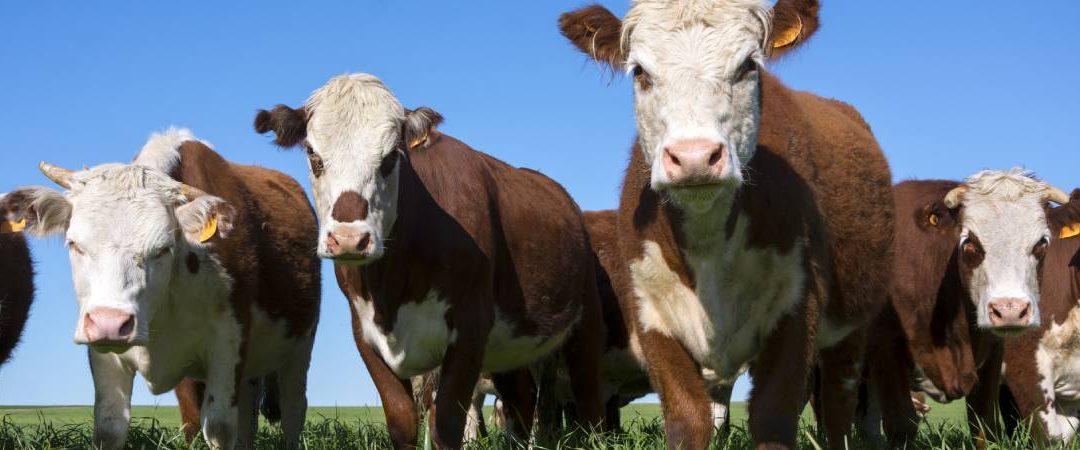
Pinkeye
Pinkeye, also known as blight and infectious bovine keratoconjunctivitis. Pinkeye is caused by a number of organisms, and creates weeping of the eye initially, followed by a pink raised lesion in the middle of the eye, before a white accumulation in the eye asppears....

Fireweed
There are a few types of fireweed found in Australia, with majority of species being poisonous. This plant is a short shrubby plant with yellow daisy like flower. Cattle become affected if they are short of feed, or not used to having the plant in their environment....
Call Us Today To Discuss Your Animal Needs
Business Hours Phone: 07 4693 2233






